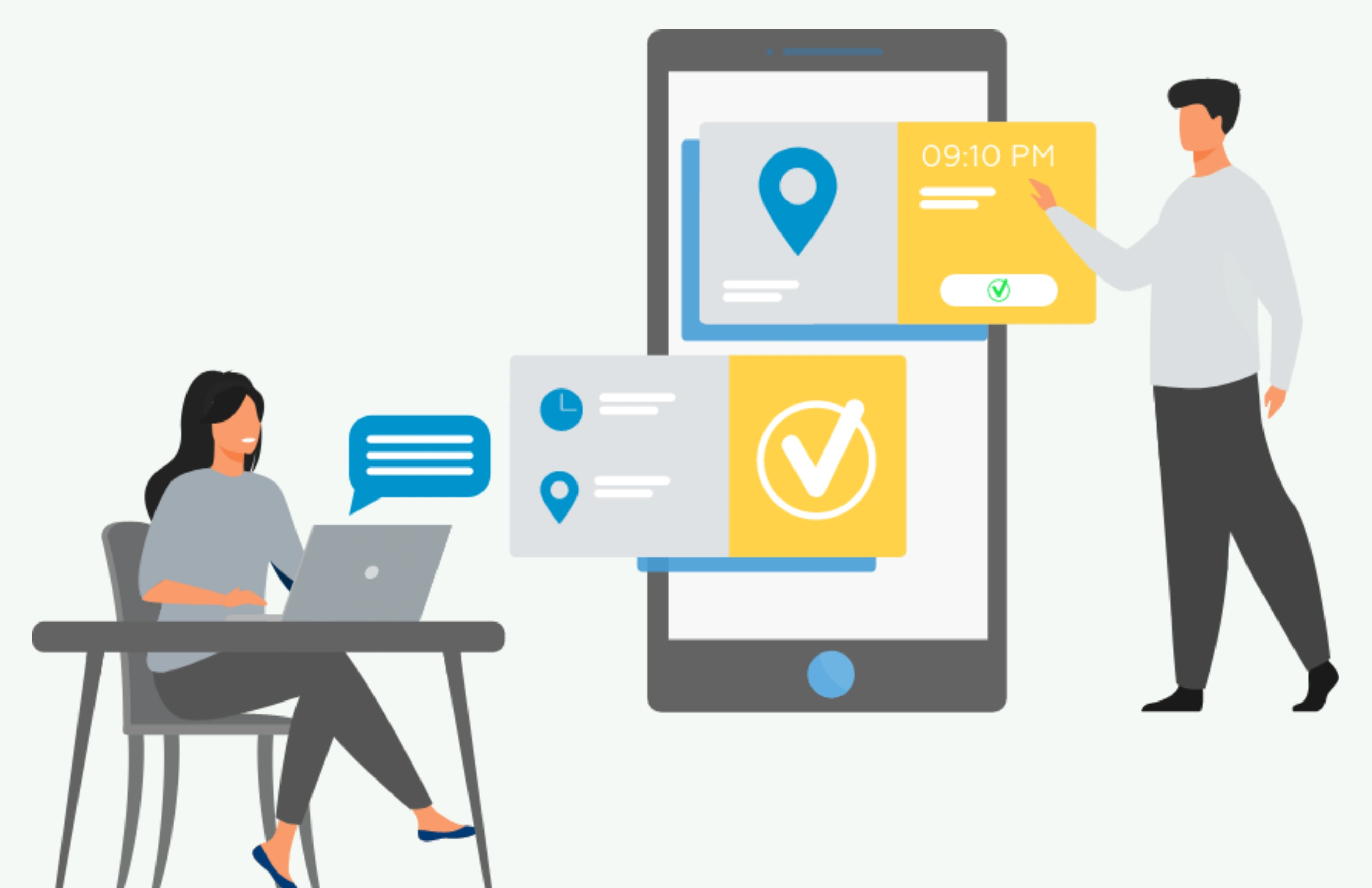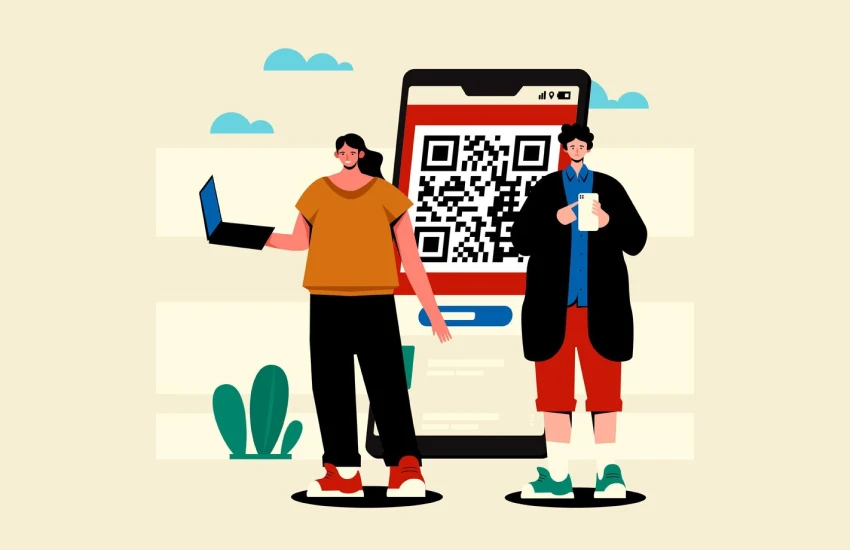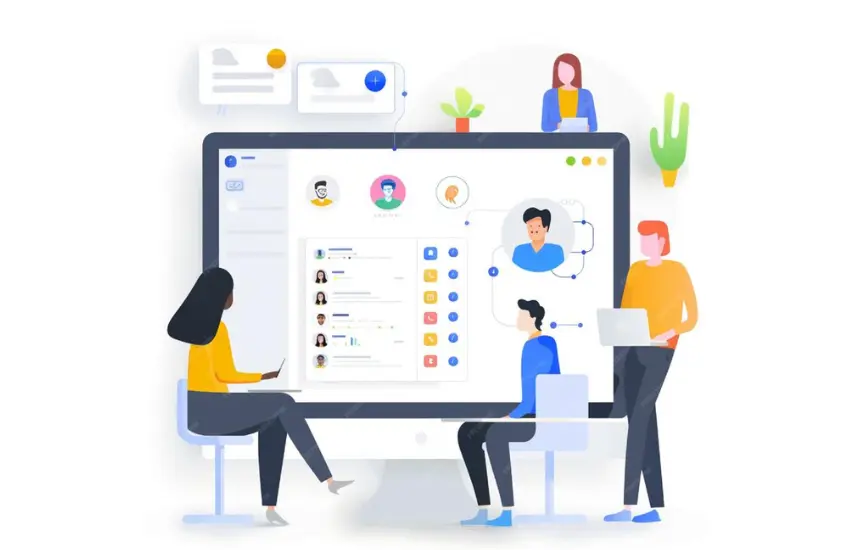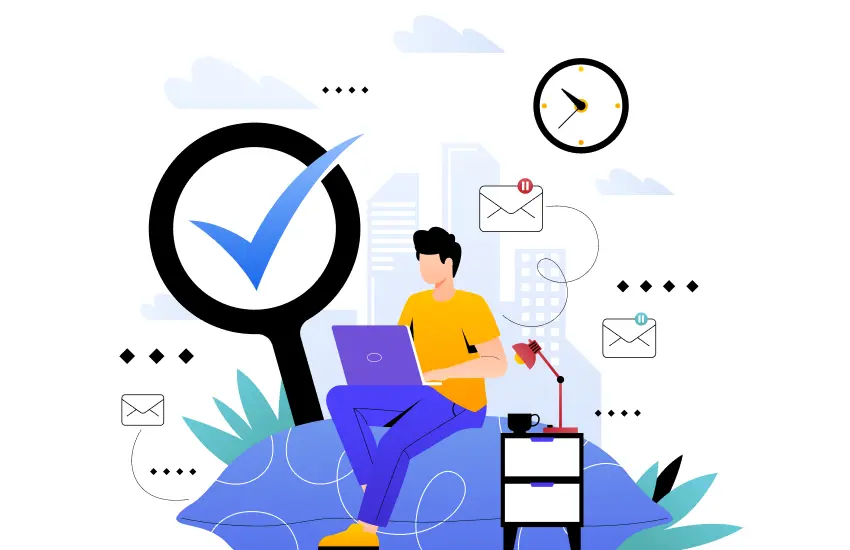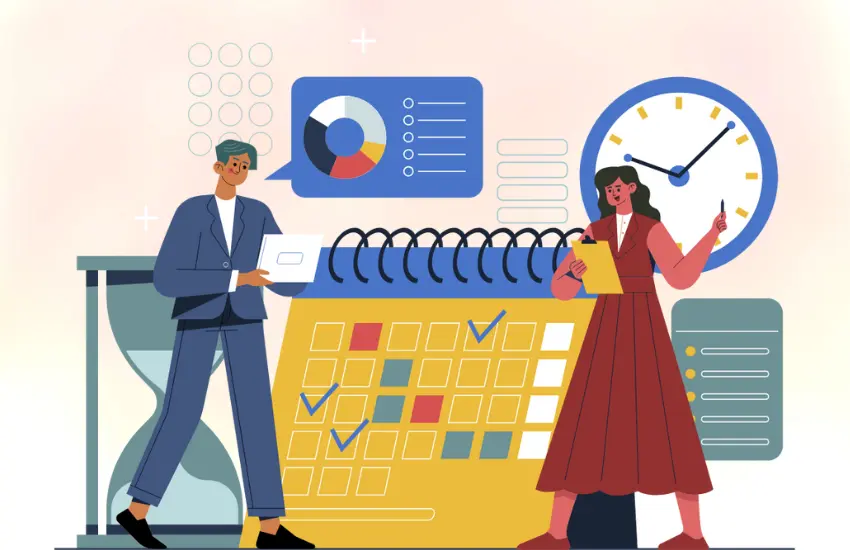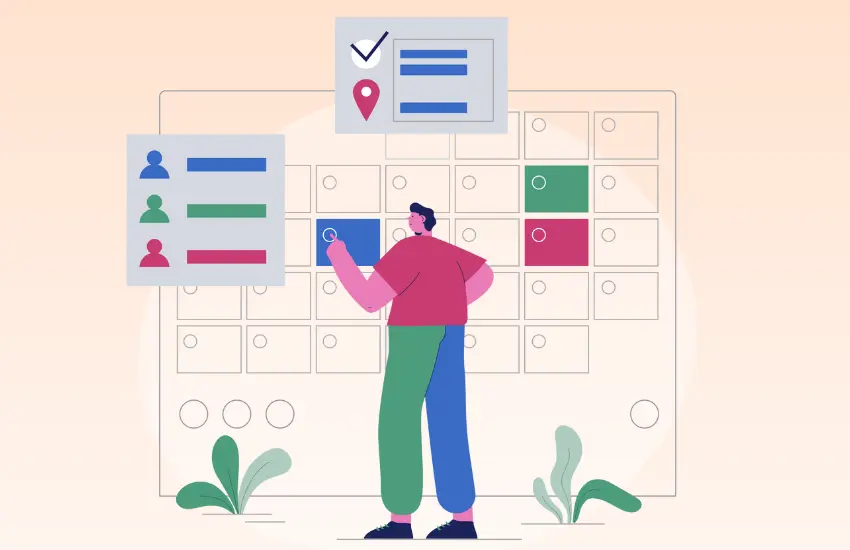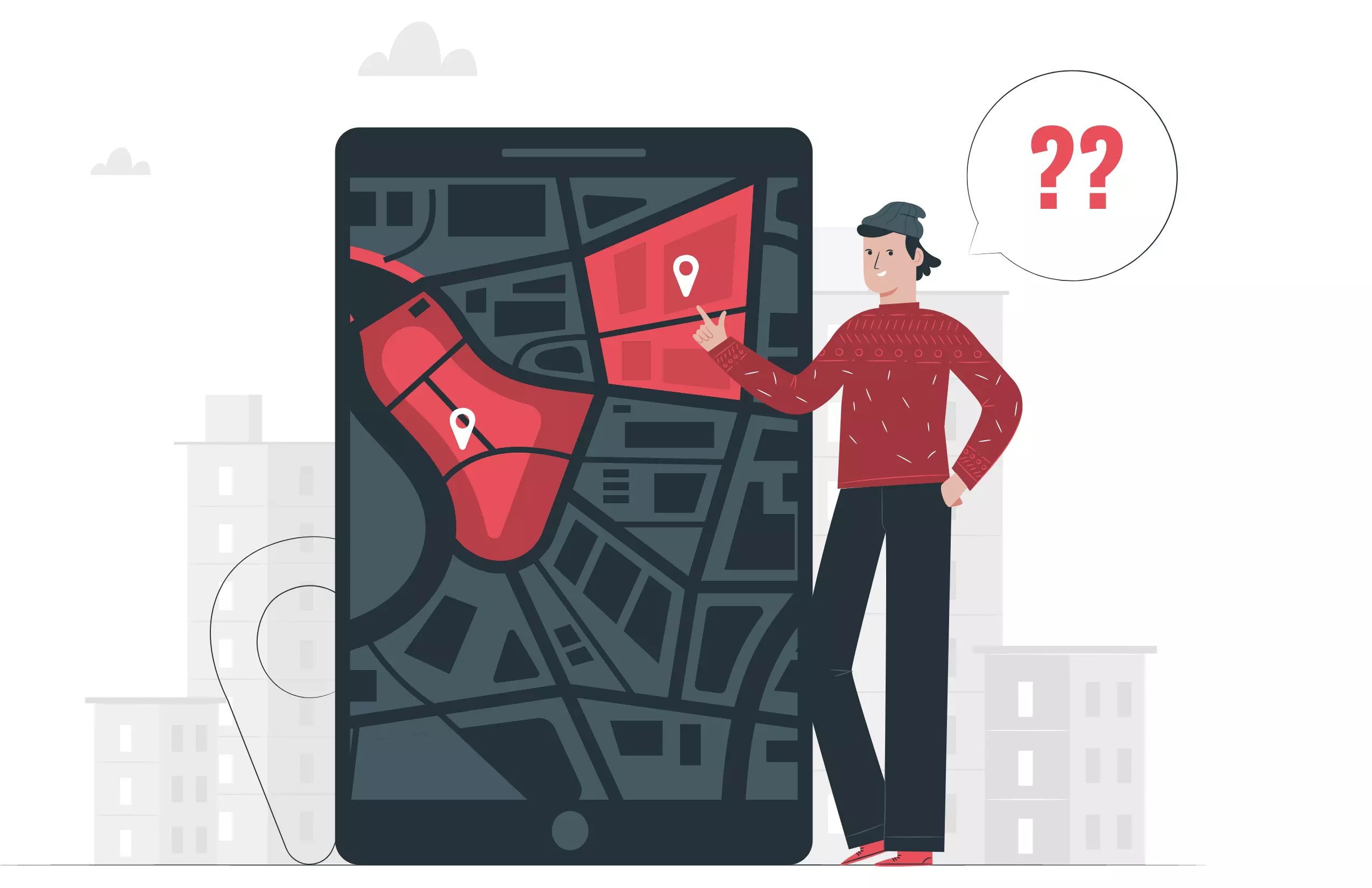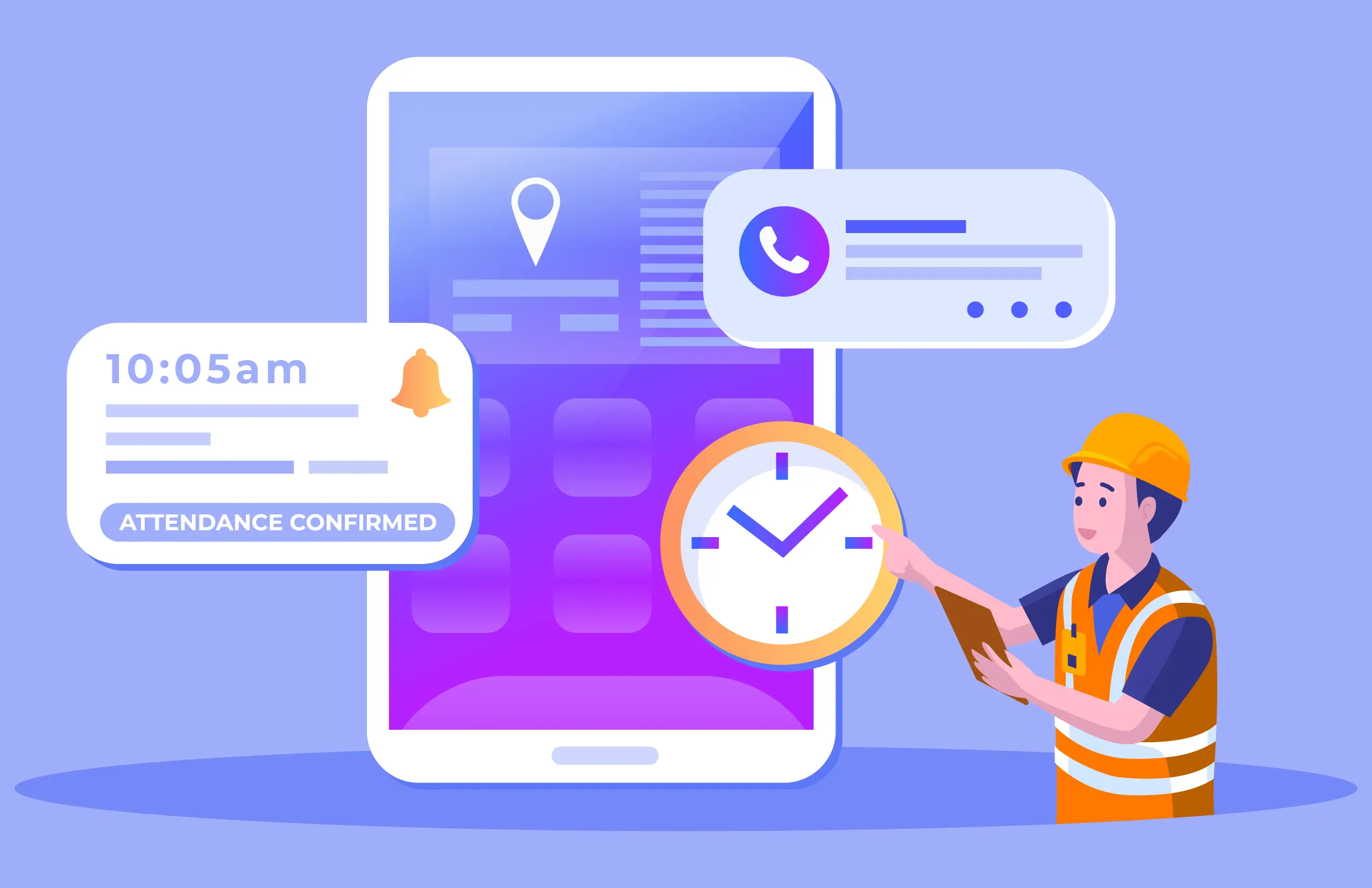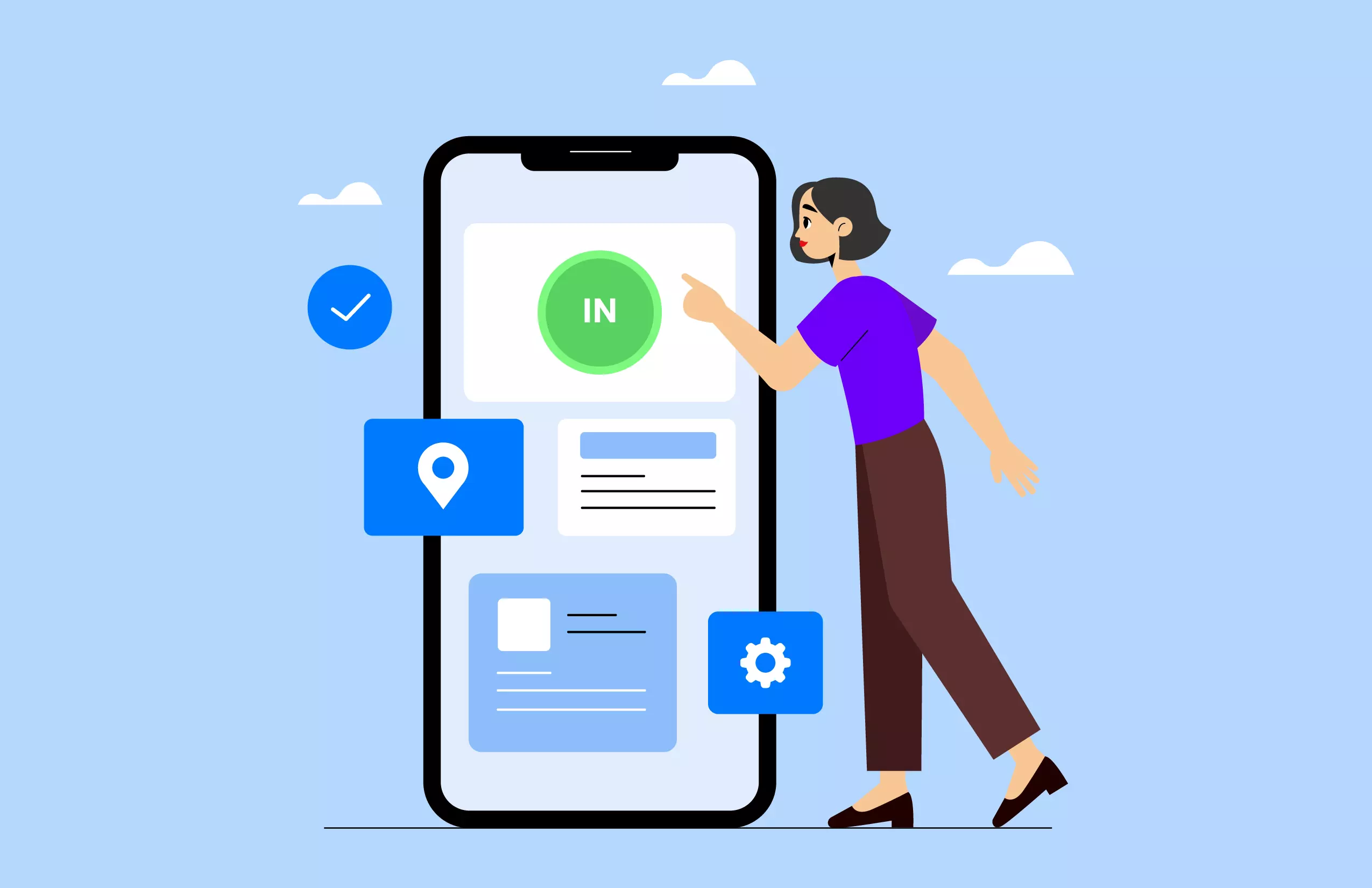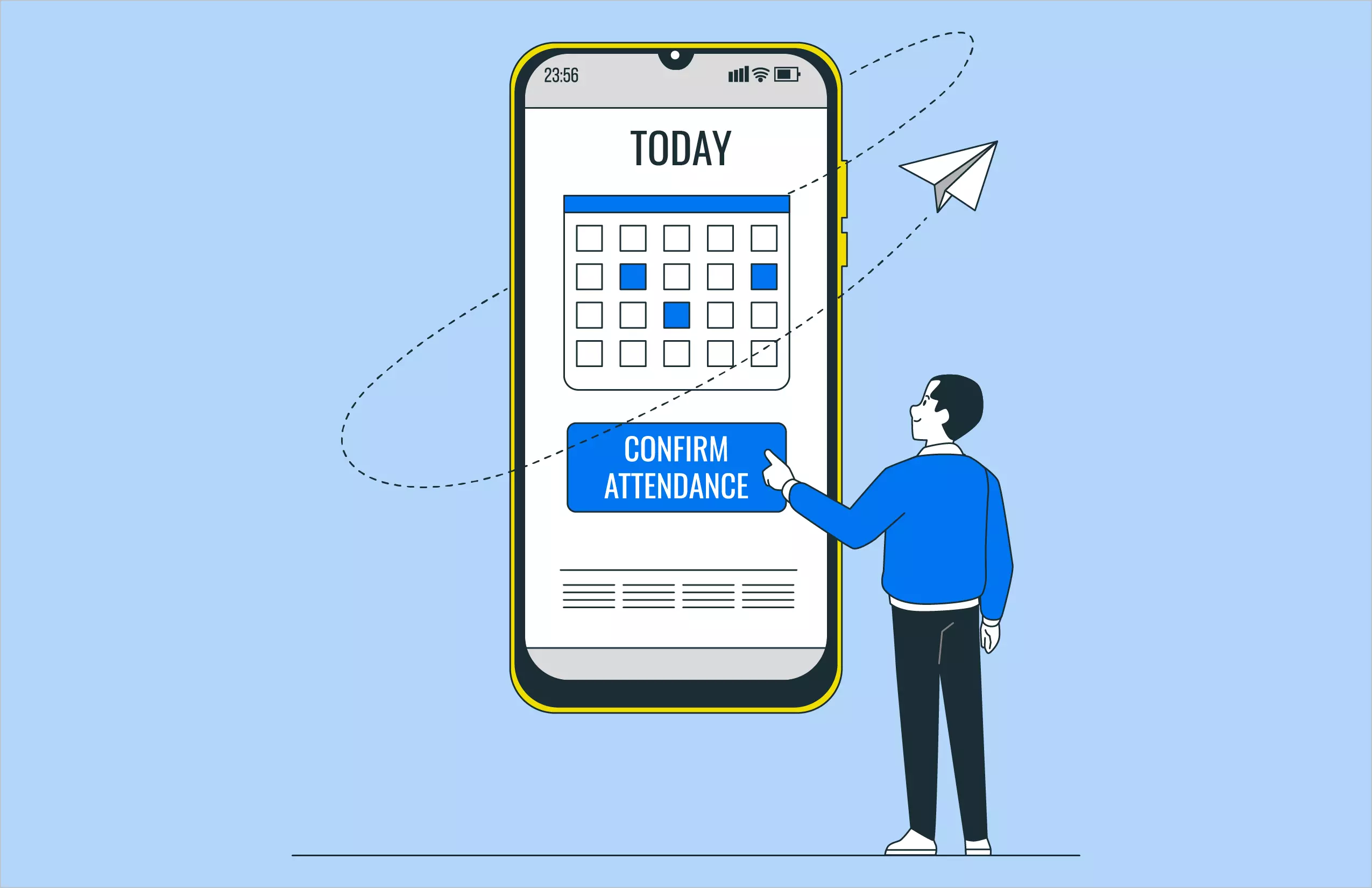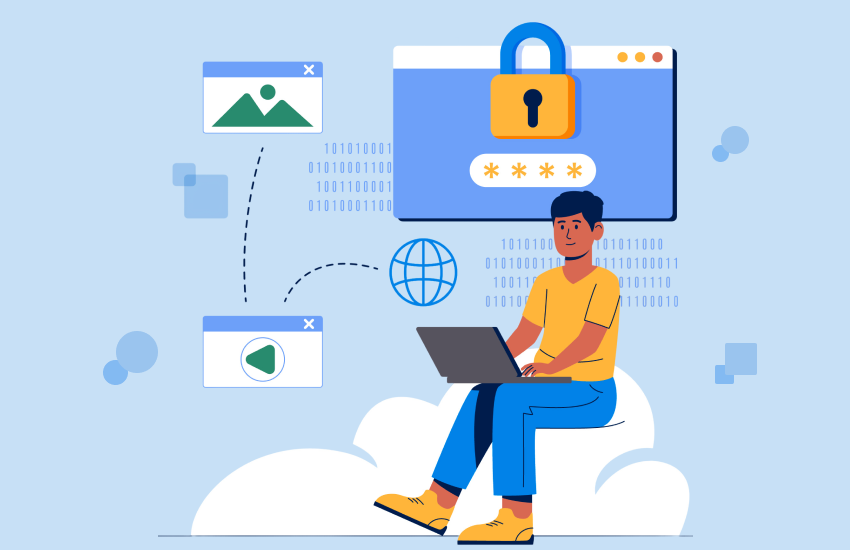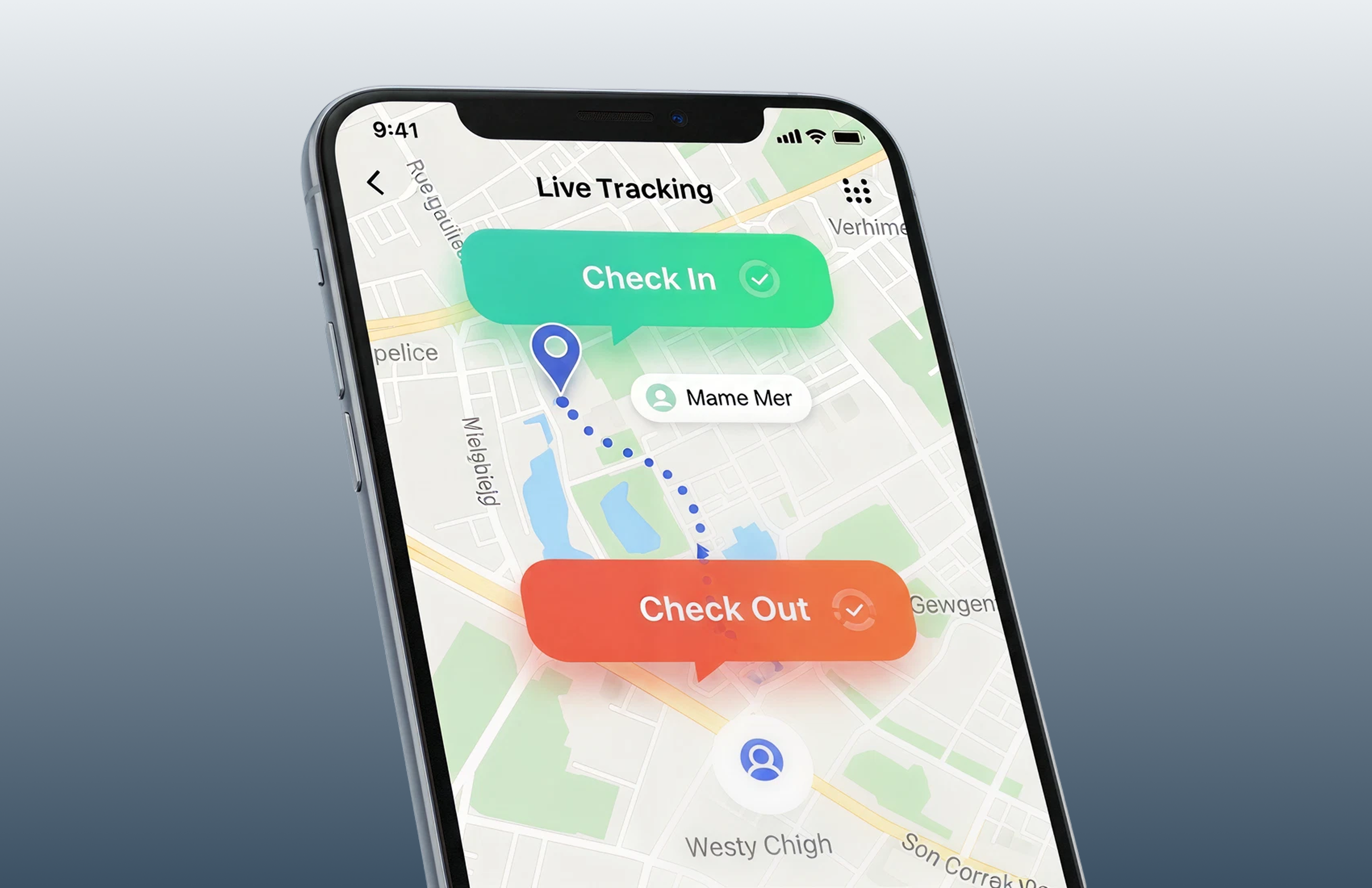
Just imagine: A client places a service request for quick help from your electrician team.
You confidently tell him, “Our team is on the way.” He has been waiting all morning, quite patiently.
The clock ticks. The client calls back: “No one’s here yet.” Some more hours.. and no show up at all.
You make calls once, twice, or thrice, and even send messages to the assigned rep – only to hear, “I was stuck in traffic, just reached.”
You try to patch things up with the client, but the damage is already done. Your customer’s frustration brews. And, of course, complaints escalate.
This isn’t just a bad day – it’s a sign of broken processes.
In this case, the reality is: The faster response times are required. And, without a reliable location tracking application for your field electrician, you scramble to check your employee check-in check-out – you’re just flying blind.
Having said that, we’re going to show why your employees’ checking in and checking out matters, and how you can set yourself up for a better service quality. Let’s start!
Be Prepared with the Remote Work Integrity
Table of Contents
If you’re still frantically moving your fingers on spreadsheets or inconsistent Slack or WhatsApp updates to track your field teams… this one’s for you.
One of the most underrated workforce management tips out there? Integrity. Real-time visibility. Not just seeing who’s “on duty” – but knowing
- where your employees are spending (In a coffee break or at your customers’ doorstep),
- when they started (At the scheduled hours, or when they’re in the mood),
- which route they’ve taken for on-site client visits (The same as mapped earlier, or the unnecessarily longer one)
- and how efficiently they’re working (Reaching all meeting points in a geo-fenced territory, or leaving gaps).
Because nothing derails your operations faster than finding out an employee “started work” without checking in – or even worse, left early without checking out.
And, thus, the difference made between firefighting client complaints and running a seamless operation – with real-time attendance tracking. Moreover, without it, your expenses can inflate, especially if you approve reimbursement claims without tracking actual working hours, on-field visits, route distance, or mileage.
Well, this tracking isn’t about spending minutes prepping for micromanagement. Just every minute of real-time data sync, along with timely notification, gives you enough ammo to ensure accountability, ask smarter questions (if someone is lagging), and steer the customer relationship in a way that actually resonates.
Need an eagle eye? Lystloc’s attendance tracking system does this for you.
It automatically enriches data in its built-in CRM (It’s LystCRM, in case you don’t know) with up-to-date customer visits, attendance, waiting hours, and route tracking logs. All you need to do is go through the system to check who’s working where, how long, and how efficiently to match your clients with the prompt service they expect and lower your expenses.
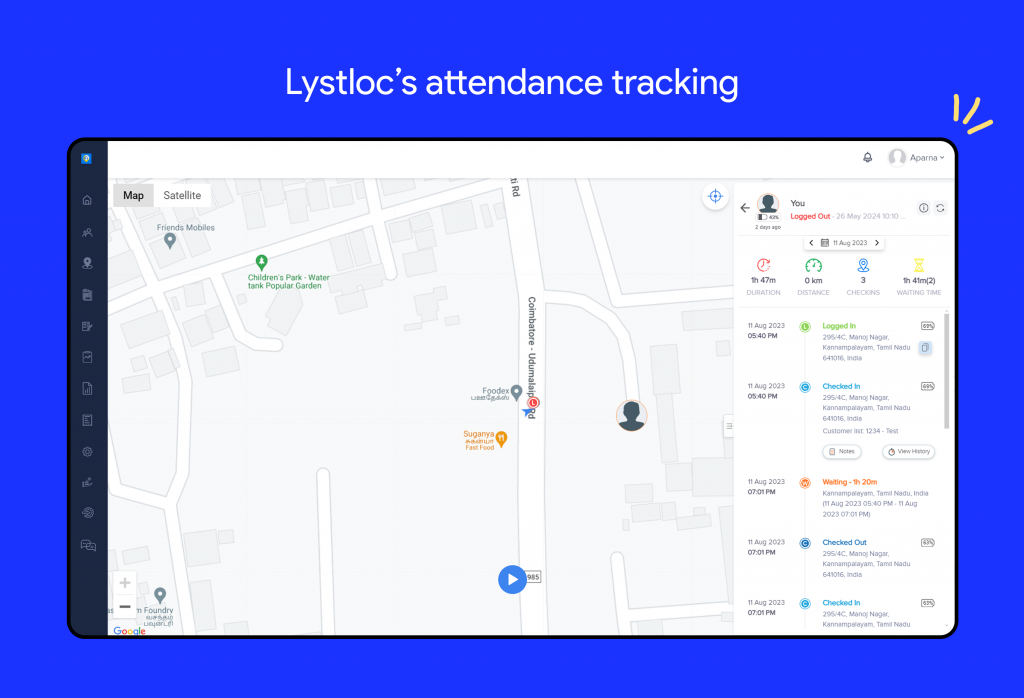
Drive Employee Engagement
Employee engagement is all about strong touchpoints. It’s not magical until you’ve found how to make it flow. By the time you’ve juggled through your workforce’s time tracking reports, they’ve already felt it: the company isn’t in touch with their day-to-day challenges.
Think of those 40% of employees who feel physically and emotionally isolated, drenched. However, taking help with a check-in check-out app, you bridge the gap, and build two things fast:
- Clarified employees’ performance and consistent feedback loops that keep employees invested in their work.
- And the feeling that their daily performance actually counts, takes them away from the feeling of being unrecognized ever.
Further, a simple in-chat message, “Just checking in to make sure everything’s running smoothly on your end,” keeps the connection alive and employees feeling supported to enthusiastically move forward.

Mirror Your Employees’ Energy and Productivity
Ever noticed how some field teams seem to get more done, leave happier customers, and even unlock extra sales – all without any extra push? It’s not luck. It’s about mirroring employee productivity from the very first action of their workday.
That’s what proper check-in/check-out does. When employees know their time is tracked and visible, they naturally show up sharper, more engaged, and ready to deliver.
Here’s what to pay attention to:
- Punctuality signals attitude: When employees check in on time, it reflects commitment to the job – and customers feel it. Late check-ins often translate to rushed, lower-quality service.
- Activity builds momentum: Mid-day check-ins (With automated task updates, meeting notes, status logs) encourage steady progress, not end-of-day scrambles. Consistent activity signals professionalism to both managers and customers.
- Closing strong matters: A proper check-out doesn’t just log hours – it’s a mental sign-off, encouraging employees to wrap up tasks fully, without follow-up from their managers.
Managers tend to trust employees when they mirror the expectations that are set. When check-ins and check-outs are consistent, productive behavior follows – it builds faith without saying a single word.
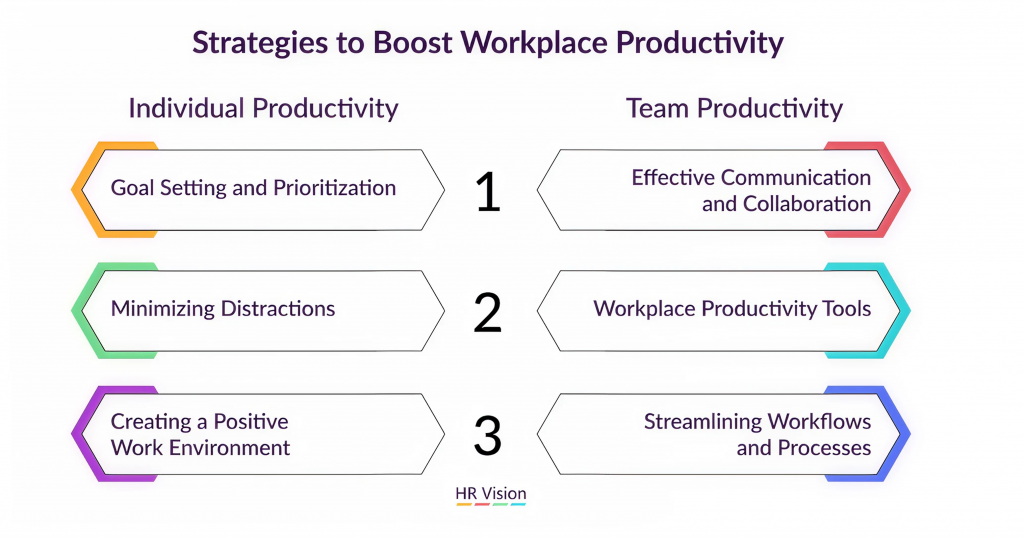
Lead with Value, No Annoyance (For Your Customers)
Nothing makes a prospect shut down faster than feeling like they’ve been left in the dark. You know the type: delayed visits, vague “on-the-way” promises, and eventually, angry calls asking, “Are you people even coming?”
And, thus, you just not only fail in leaving a lasting impression, but also in capturing cross-sell opportunities, and unlocking future trades.
That’s why having employee attendance management applications isn’t just a responsibility. It’s about to build rapport, create a customer experience that feels professional and smooth.
So instead of treating workforce check-ins/outs like a checklist, think of it as a two-way opportunity. That simple shift can change the whole direction of selling and lower the buyer’s defenses fast.
By the Numbers: Why Tracking Checking-in/out Makes Sense
Ever tried reviewing field performance without reliable data – relying on vague updates like, “I visited all the clients today”? Yeah… don’t be that manager.
One of the most effective tips on why tracking checking in/out matters? Conversations between employees and managers should be based on facts, not guesswork. And, the numbers reflect them:
- Companies using employee check-in check-out systems report up to 40% fewer missed client visits.
- Teams with attendance tracking systems show 25% faster issue resolution times due to real-time visibility.
- Regular check-in habits are linked to 30% higher employee engagement, especially in remote or field roles.
Go on with one or two quick data points during team reviews. It’s an easy way to shift conversations from vague “I think” or ”You may” moments to clear, actionable insights – no performance dips, losing faith, or stretching unnecessary expenses anymore.
Let’s Wrap It Up!
Now, everything is clear! Because you understand why you should start with an employee check-in/out system. Set clear visibility, build employee engagement, make them more productive, stand on customers’ expectations, and, of course, lower your business operating expenses – and, you’ll lead the service in every way.
So, if you want to squeeze the best output every time, put your fingers on one of the best ever check-in and check-out apps, Lystloc – either give it a trial or book a demo to understand the purpose!

